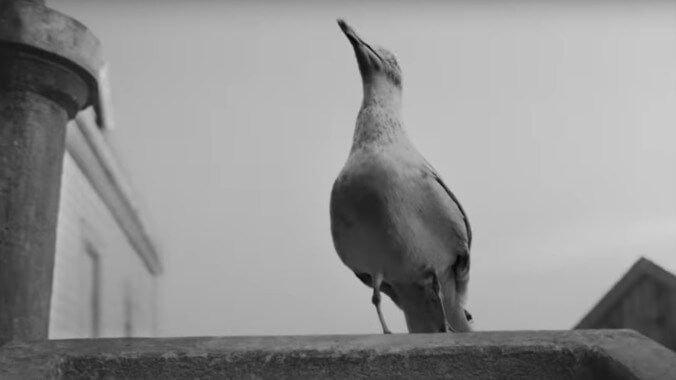A real lighthouse keeper confirms that, yes, seagulls are as evil as they're depicted in The Lighthouse

Robert Eggers has established a reputation for making films informed by exacting historical research. In both The Witch and last year’s The Lighthouse, his characters speak in period appropriate English, understand their worlds through alien-seeming psychology, and inhabit places laboriously constructed to recreate centuries-old architecture. In an effort to put all this work to the test, Little White Lies’ Adam Woodward spoke to Chris Foulds, a former lighthouse keeper, about just how true to life Eggers’ latest film really is. In the process, he learned that not only is The Lighthouse mostly accurate in its depiction of the lonely, maddening job, but that it gets one important detail exactly right: Seagulls are, in fact, terrifying, murderous assholes.
Foulds, who was “posted to 32 different locations around Britain” during his quarter century as a lighthouse keeper throughout the 1970s and ‘80s, has a lot of interesting stories about his former career. While recounting how the wild drinking and intense cabin fever from his own experience were replicated in The Lighthouse, Foulds touches on the closest thing the movie has to an outright villain. “I remember the one keeper who came back one day and a gull had drawn blood diving at him,” he says. “Scoured his scalp.”
